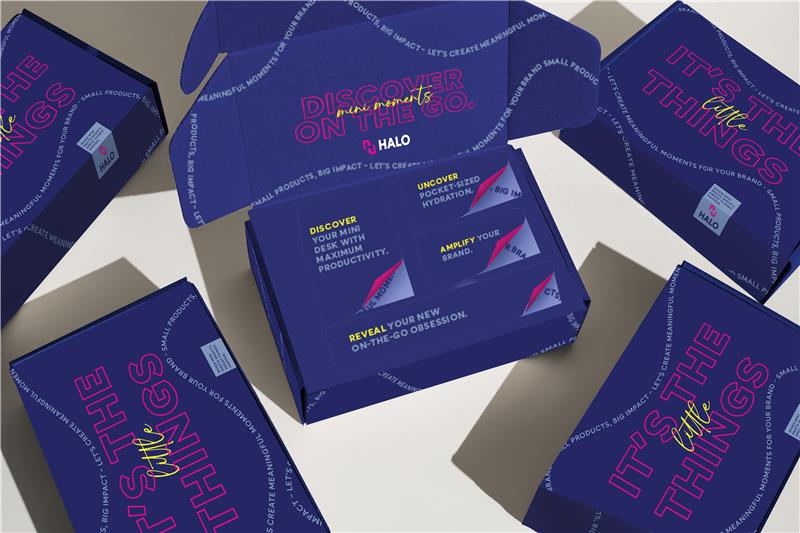Summary
Explore five strategies for reducing workplace stress, fostering a healthier, more supportive environment during Stress Awareness Month in April.
Stress Awareness Month
April is National Stress Awareness Month, emphasizing the need to navigate the complexities of today’s workplace environment, from hybrid work models and economic shifts to job security concerns and political unrest. Highlighting these issues underlines the constant relevance of stress management in fostering a supportive work culture. Therefore, amidst evolving dynamics and uncertainties, prioritizing and addressing work-related stress is imperative for maintaining balance and well-being.
5 Ways to Reduce Stress
Dealing with workplace stress with employees in a supportive way and helping them cope day-to-day is its own unique challenge apart from everything else. There are limits to how much an employer can really help, and it’s tricky to navigate without causing additional stress. Fortunately, there are many effective approaches out there that can make it much easier. Here are five that come to mind:
- Expand Mental Health Benefits – Recognizing the growing need for accessible mental health support, nearly 40% of employers have enhanced their mental health benefits by incorporating digital and telehealth services. This shift allows patients and therapists to connect without the need for in-person meetings, facilitating stress reduction through convenient and immediate access to mental health resources.
- Encourage Physical Activity – Stress often stems from an accumulation of cortisol, the “stress hormone,” which is effectively reduced through physical activity. Recognizing this, employers are increasingly offering fitness incentives within wellness programs, encouraging even moderate exercise as a direct and effective way to alleviate stress and anxiety-related behaviors. This initiative not only promotes health but also makes it more convenient for employees to incorporate movement into their daily routines, enhancing overall well-being.
- Manage Email Overload – With so many aspects of our daily work life going remote and so many ways to stay in touch at all hours of the day, there is a real risk of over-communicating with employees adding needless amounts of “email anxiety” to the mix. Always balance outreach with a healthy amount of personal space to help keep the lines between work and life separate.
- Schedule Flexibility – The traditional “9-to-5” workday is becoming a relic as the lines between work and personal life increasingly blur. In today’s dynamic job market, flexibility in scheduling and workload has emerged as a key factor for attracting and retaining talent. This is especially true among millennials, who now form the largest segment of the workforce, with 92% citing flexibility as a crucial consideration in their job search, underscoring the shift towards more adaptable work environments.
- Check-in Personally – Regular one-on-ones, whether by video chat, phone call, or some thoughtful texts, provide the human connection some may have been missing out on in the past couple of years and are becoming a common feature of the new hybrid workplace. They fulfill a massive slot in our standard Hierarchy of Needs: safety and belonging.
Less Stress, More Success
Blending work, social, and personal life is an integral part of our journey together. Supporting one another in managing stress contributes significantly to creating a more harmonious and productive environment for everyone to flourish. Acknowledging and addressing the ever-evolving challenges of today’s workplace is crucial for fostering a resilient and supportive work culture that benefits us all.
A version of this post was previously published on the HALO Recognition blog.











